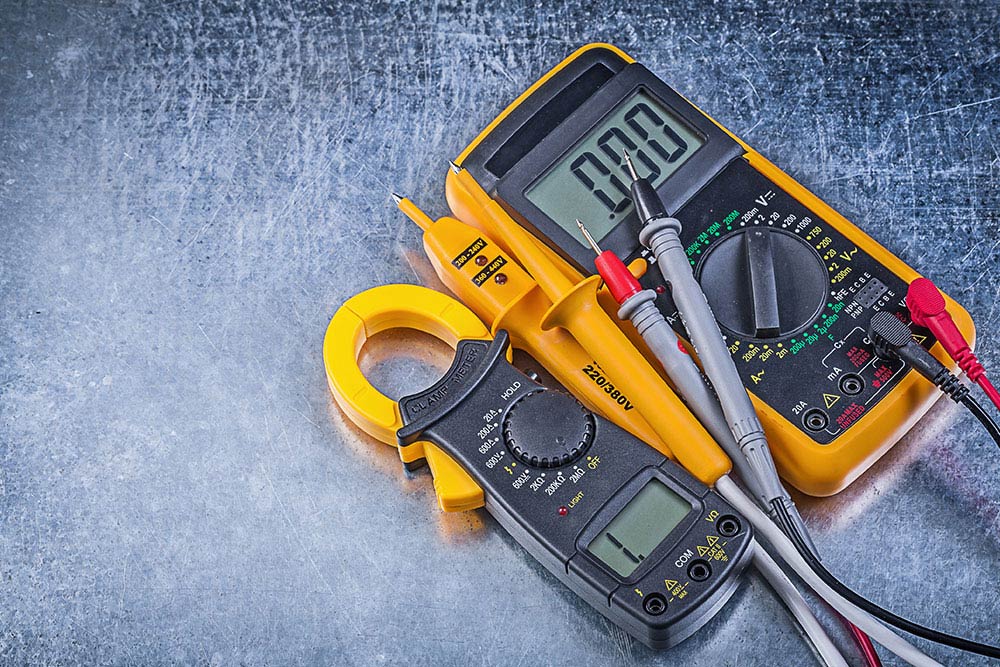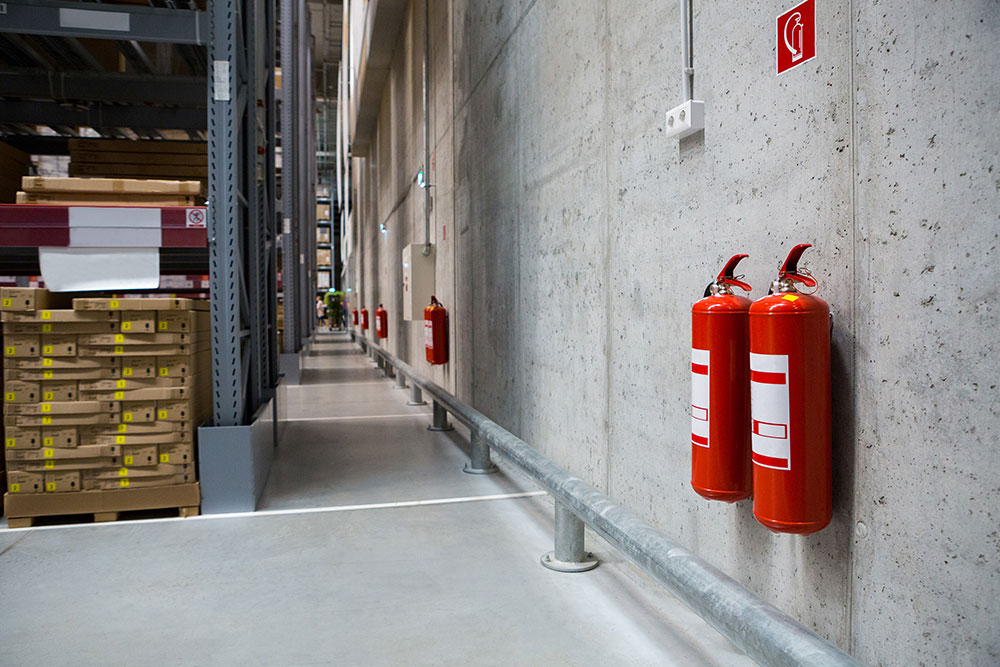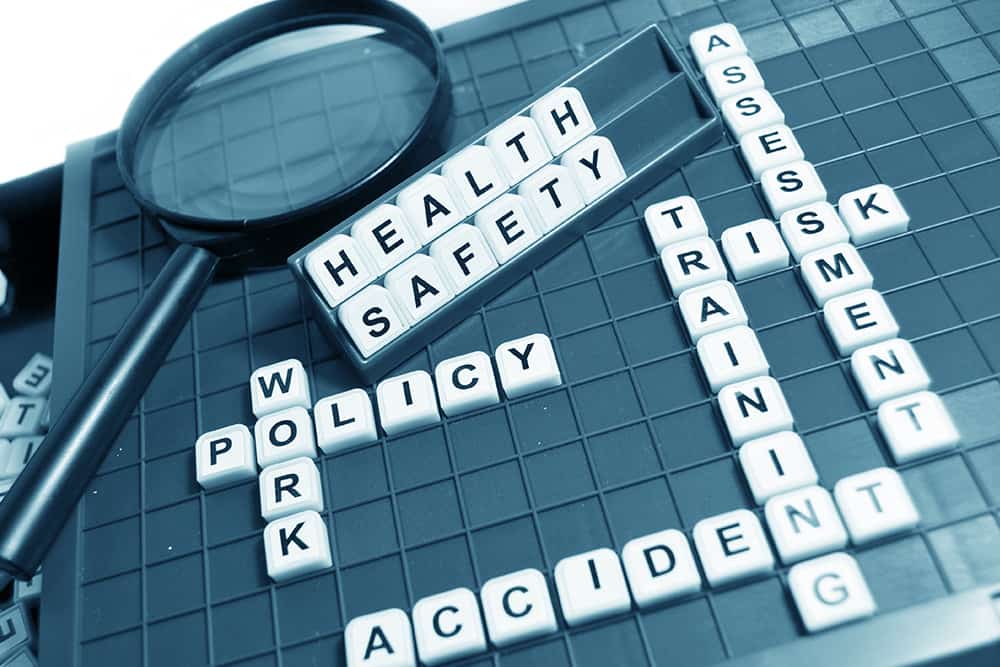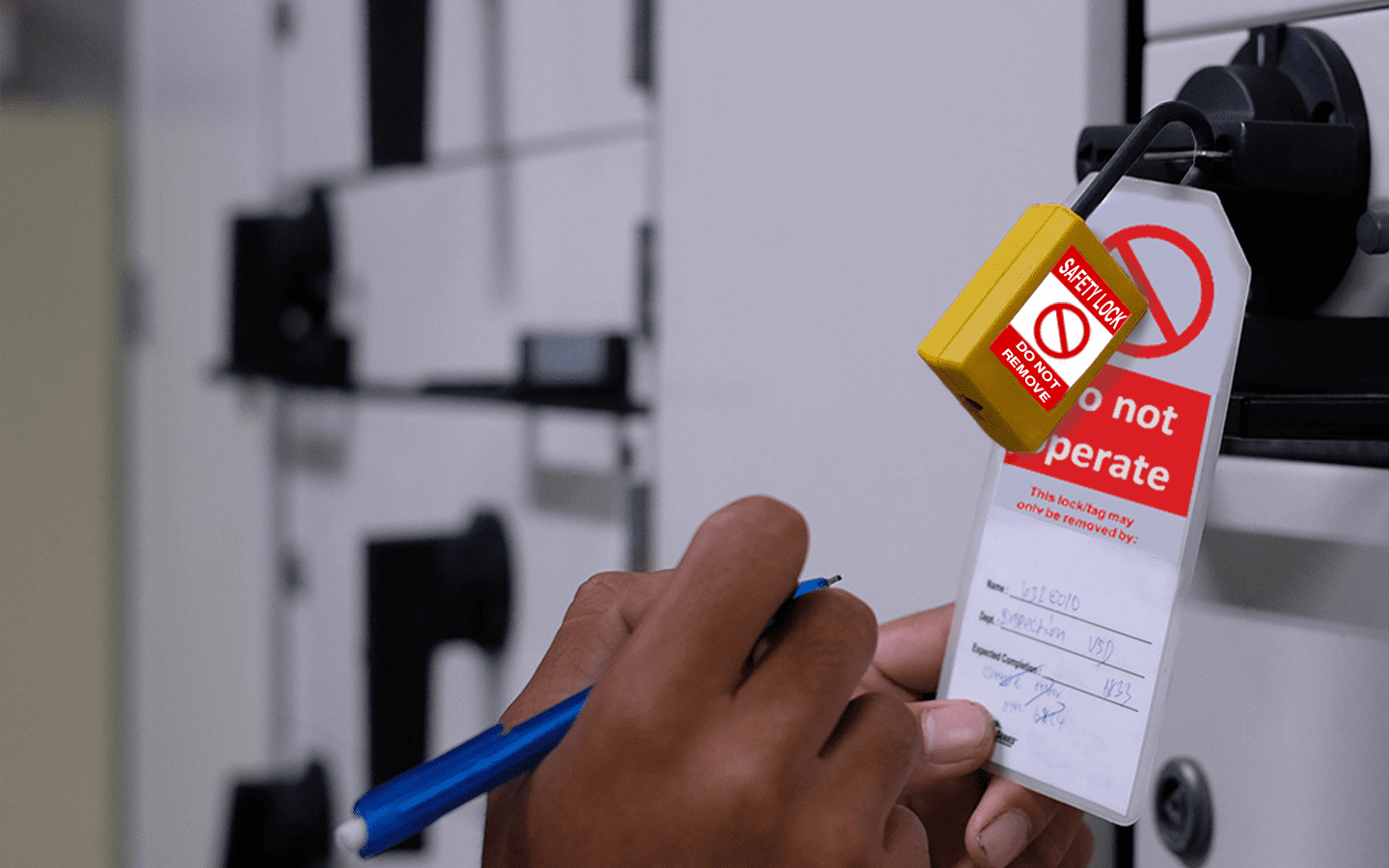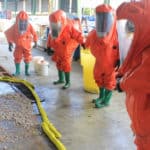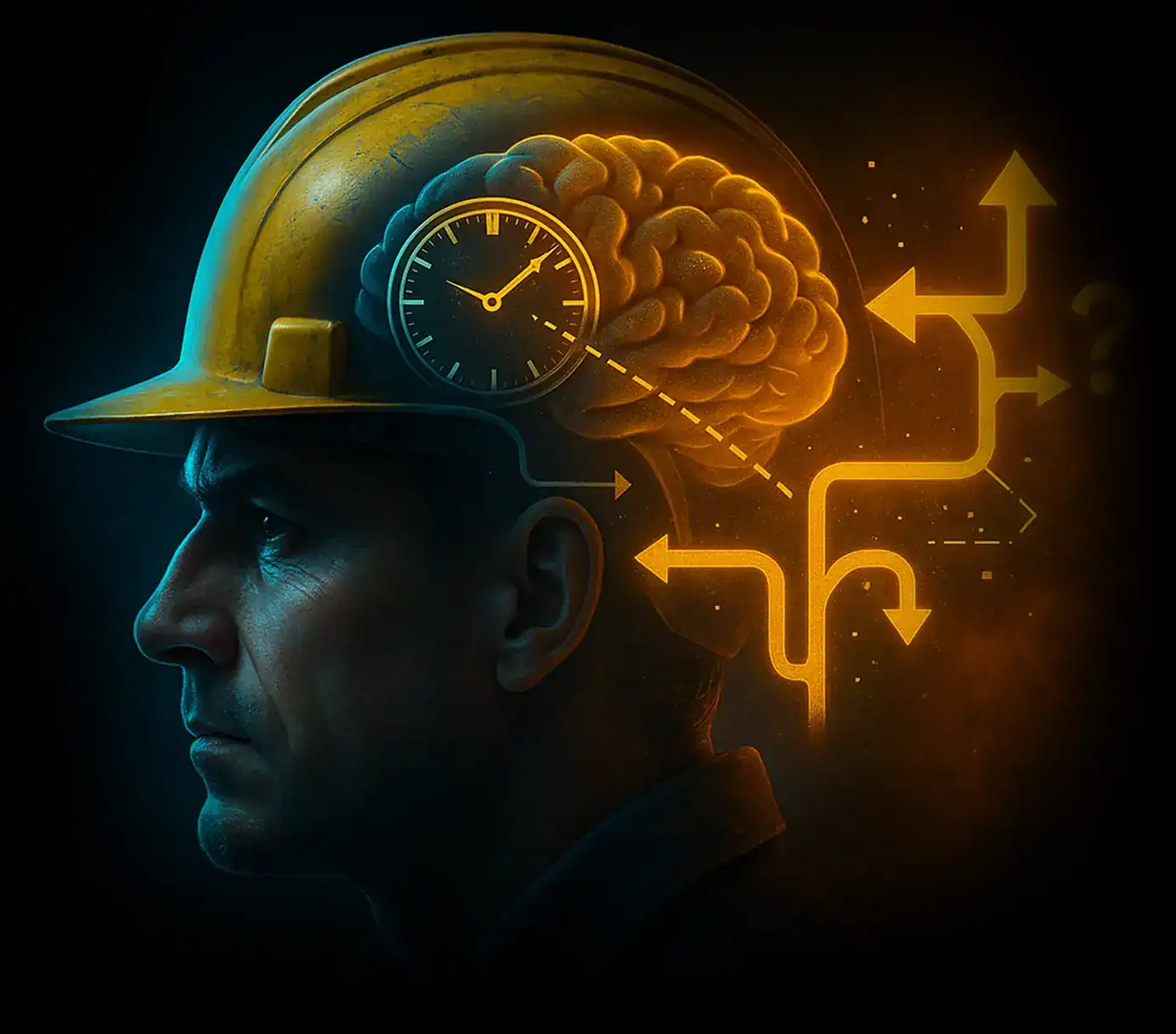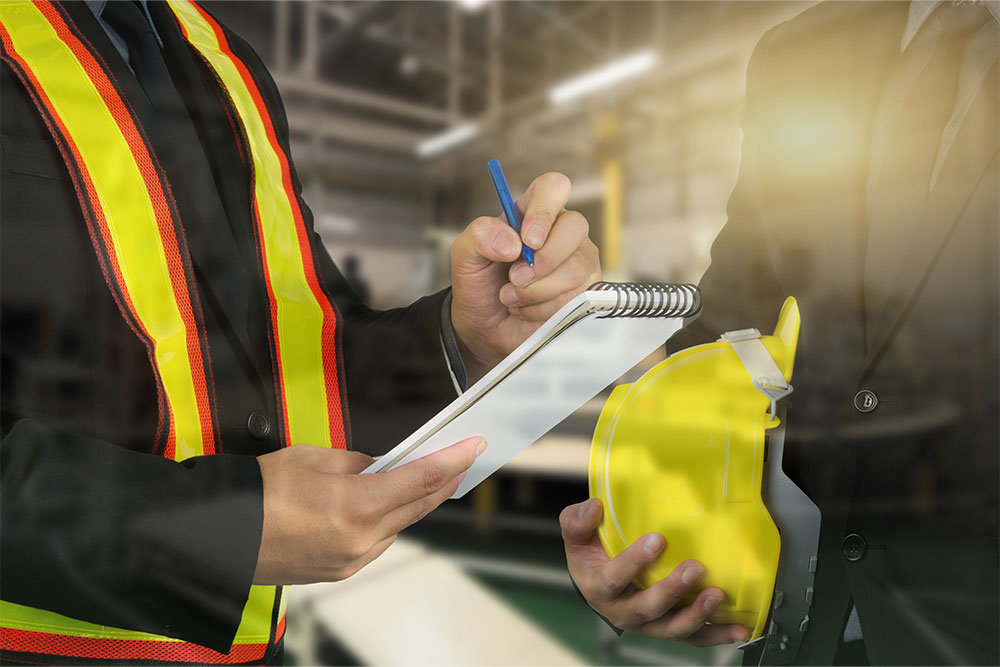
As an employer, you’re legally responsible for keeping your workers safe. You typically can’t do this alone. You need help from someone who understands health and safety risks. That’s your competent person.
This blog covers who qualifies as competent and when their support is needed to meet health and safety requirements.
Key Takeaways
- A competent person is someone with the right training, experience and knowledge to help manage health and safety at work.
- UK law requires every employer to appoint at least one competent individual to meet health and safety duties. Their primary responsibility is carrying out risk assessments and advising on control measures.
- You can appoint an employee, an external consultant or yourself, depending on the level of risk and your expertise.
What Does the Law Say?
Under the Health and Safety at Work etc. Act 1974, employers have a duty to ensure, so far as is reasonably practicable, the health, safety and welfare of their employees.
To support this duty, the Management of Health and Safety at Work Regulations 1999, specifically Regulation 7, stipulate that every employer appoint one or more competent persons to assist them in complying with their health and safety obligations.
This requirement applies to all businesses, regardless of their size or sector.
Health and Safety Courses
Our health and safety courses support legal compliance and effective risk management. They raise awareness of common workplace hazards and teach the fundamentals of safe working.
What Does “Competent Person” Mean?
A competent person is someone appointed by the employer to help manage health and safety in the workplace. Their primary role is to identify potential hazards and advise on measures to control them.
According to the Health and Safety Executive (HSE), a competent person must have sufficient:
- Training
- Experience
- Knowledge
Other qualities, such as attitude, are also important.
A competent person doesn’t need formal qualifications, but they must clearly understand what needs to be done to ensure compliance and keep people safe.
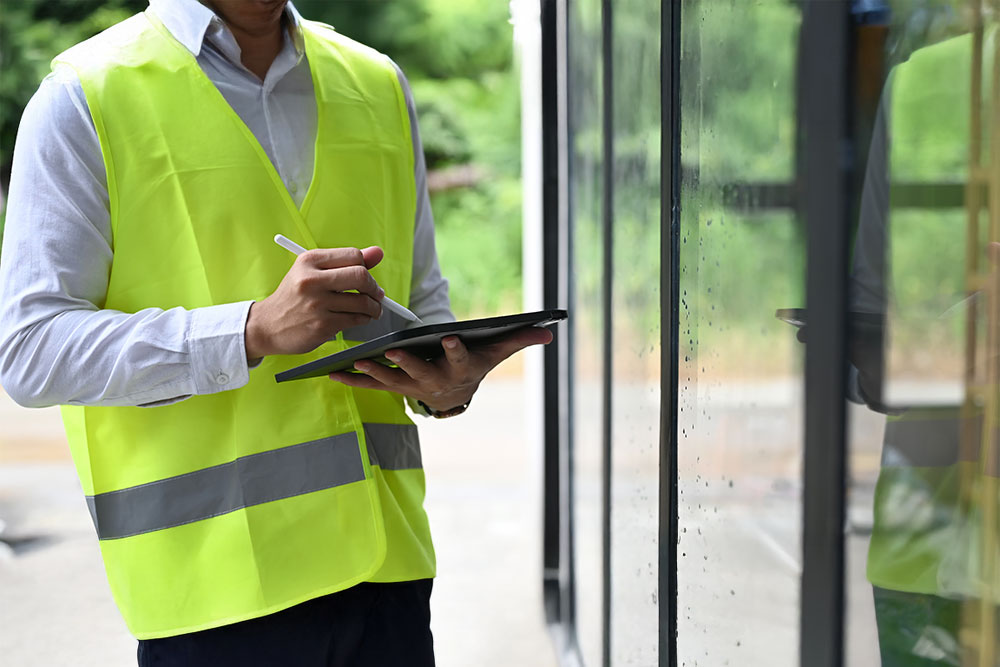
Why There’s No Formal Qualification for Competence
Every workplace is different, and so are the hazards present. A single qualification cannot guarantee competence in every environment. For example, someone equipped to manage safety in a quiet office wouldn’t be prepared for the hazards of a live construction site.
And because risk is so variable, it’s not practical to create tiered qualifications that cover every scenario across the UK workforce. Instead, the HSE defines a competent person as someone with the right mix of training, knowledge, experience and ability for the specific risks present in their workplace.
What Does This Person Do?
A competent person helps the employer manage health and safety in the workplace. Their responsibilities may include:
- Carrying out risk assessments
- Advising on how to control risks
- Helping to investigate accidents
- Acting as a point of contact for the HSE
Their primary goal is to ensure your business complies with health and safety laws and that your workers are safe.
Who Can Be a Competent Person?
A competent person can be:
- The business owner
- An employee who understands health and safety
- Someone from outside the business, like a consultant
Competence is connected to risk. In low-risk workplaces, you or someone in your team might have the necessary qualities. However, if the risks are high, it’s advisable to consult a professional.
Internal vs External Competent Person
You can either appoint someone in your business or hire a specialist.
Internal
An internal competent person is the business owner or an existing employee who takes on the responsibility for health and safety. This person will usually have a strong understanding of the business, its processes and workplace risks. However, they might not always have the depth of training or up-to-date knowledge needed for all situations.
External
An external competent person is a consultant or third-party specialist who is brought in to provide expert health and safety support. These individuals typically possess professional qualifications and extensive experience across various industries.
There are downsides to bringing in a consultant, however. Firstly, there’s the additional cost and question of availability. Secondly, they won’t know your workplace as well as you do. It’s possible that their risk assessment may not accurately reflect your workers’ day-to-day activities. And suggested control measures might not always be practical.
Combining Internal and External Support
In many cases, the most effective approach is to combine both types of support.
An appointed external specialist brings a deeper understanding of health and safety legislation, industry standards and accepted best practices. You or a knowledgeable employee can then offer valuable insight into how work is actually carried out.
How to Choose a Competent Person
Choosing the right competent person depends on the risks in your workplace and the resources available to you.
Start by identifying your main hazards. Are they simple and low-risk? Or complex and potentially serious?
Next, consider whether you or someone in your team already has the necessary health and safety knowledge. If they’re nearly ready, it might be worth investing in their development – especially if they know your business well.
If no one is suitable or the risks are too high to manage confidently in-house, bring in external help. A consultant can support you with complex duties and offer peace of mind that nothing is being missed.
Whichever route you take, keep a clear record of who your competent person is, what training they have completed and what support they may need in future.
If in doubt, free guidance is available on the HSE website.
How to Become a Competent Person
To become a competent person, you will need to build your knowledge of workplace health and safety. That means combining training, experience and an understanding of the risks in your industry.
The standard is set under Regulation 7 of the Management of Health and Safety at Work Regulations 1999. It requires you to have sufficient training, experience and knowledge to identify risks and take practical steps to control them.
Short courses, on-the-job learning and staying current with HSE guidance are good places to start.
Why Training Matters
If you already understand your workplace well, the right training can help you take a more active role in managing health and safety. It can also strengthen internal support by giving team members the tools they need to carry out responsibilities more confidently and effectively.
At Human Focus, we offer a wide range of online courses that cover the essentials of workplace health and safety – including topics such as risk assessment, fire safety and manual handling. Our training is designed to support individuals in managing risks across various roles and industries.
While completing a training course does not automatically qualify someone as a competent person, it is an important step toward meeting the requirements.
Explore our health and safety course library to find the right training for you or your team.
